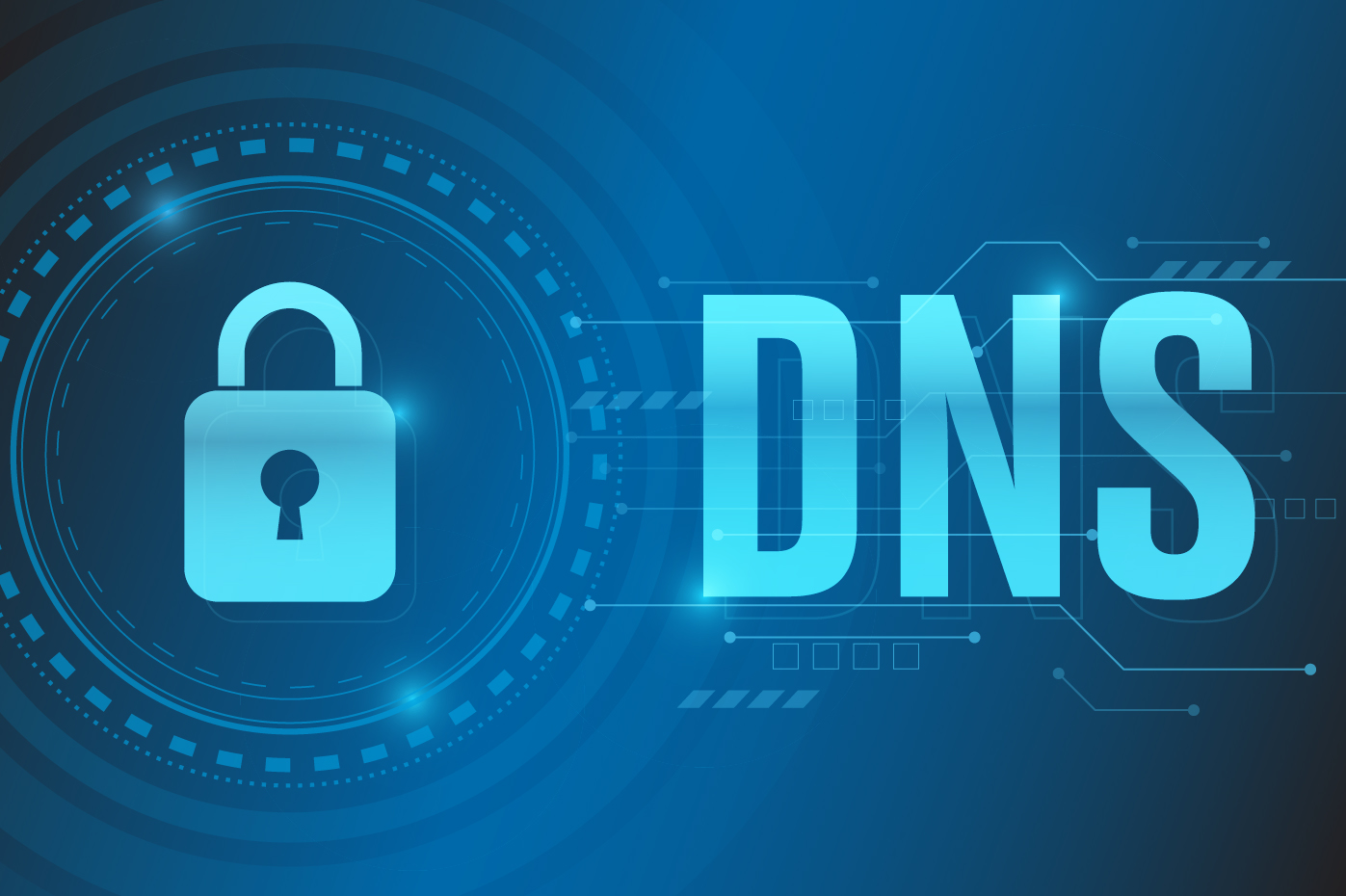This article originally appeared in The Domain Name Industry Brief (Volume 18, Issue 3)
Earlier this year, the Internet Engineering Task Force’s (IETF’s) Internet Engineering Steering Group (IESG) announced that several Proposed Standards related to the Registration Data Access Protocol (RDAP), including three that I co-authored, were being promoted to the prestigious designation of Internet Standard. Initially accepted as proposed standards six years ago, RFC 7480, RFC 7481, RFC 9082 and RFC 9083 now comprise the new Standard 95. RDAP allows users to access domain registration data and could one day replace its predecessor the WHOIS protocol. RDAP is designed to address some widely recognized deficiencies in the WHOIS protocol and can help improve the registration data chain of custody.
In the discussion that follows, I’ll look back at the registry data model, given the evolution from WHOIS to the RDAP protocol, and examine how the RDAP protocol can help improve upon the more traditional, WHOIS-based registry models.
(more…)


